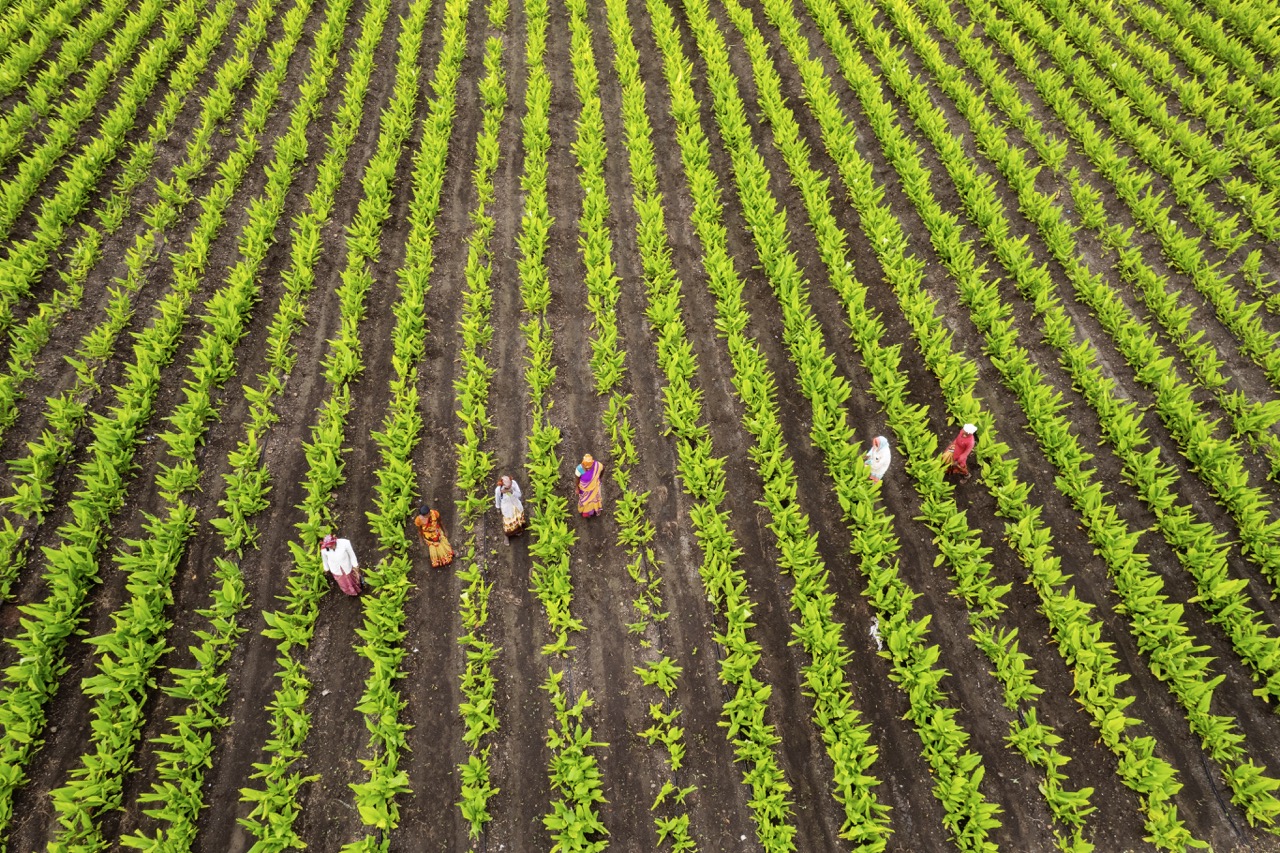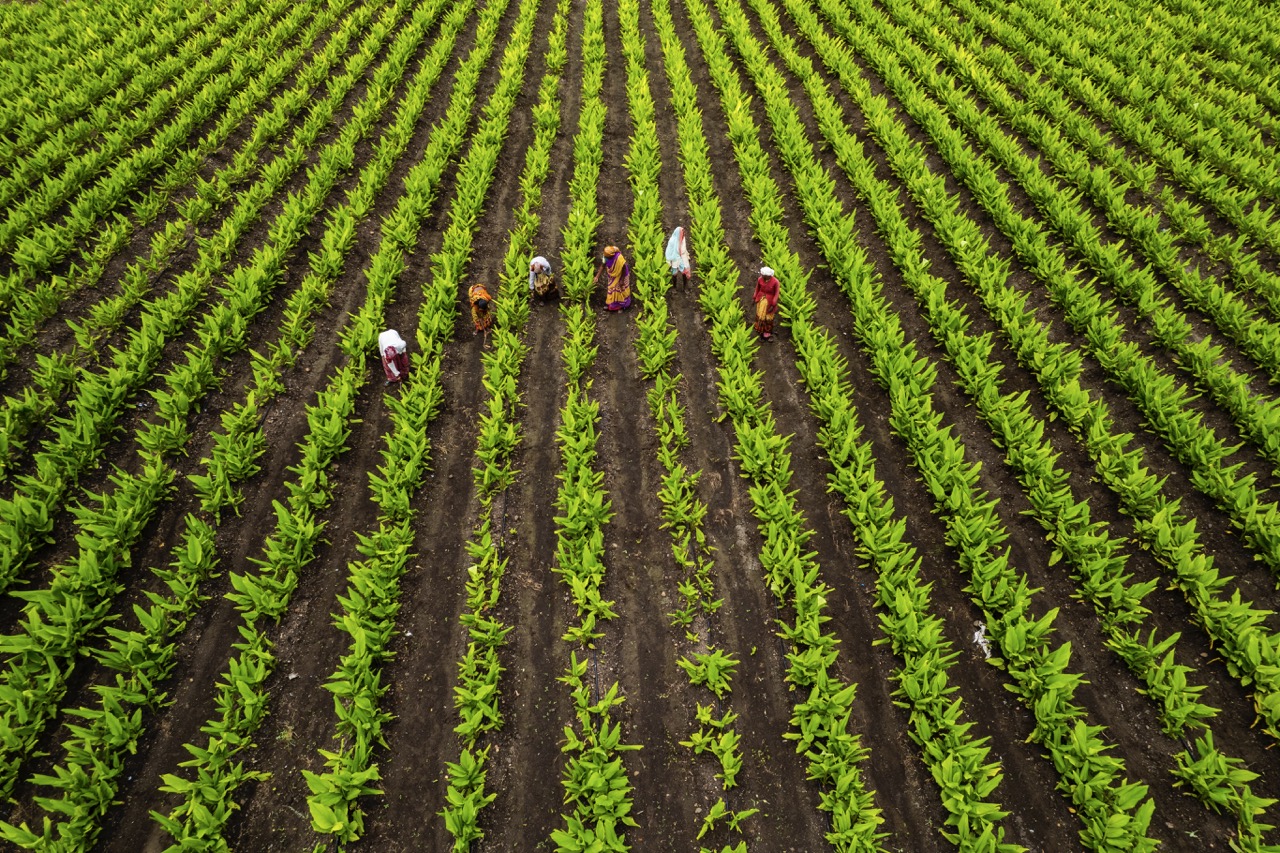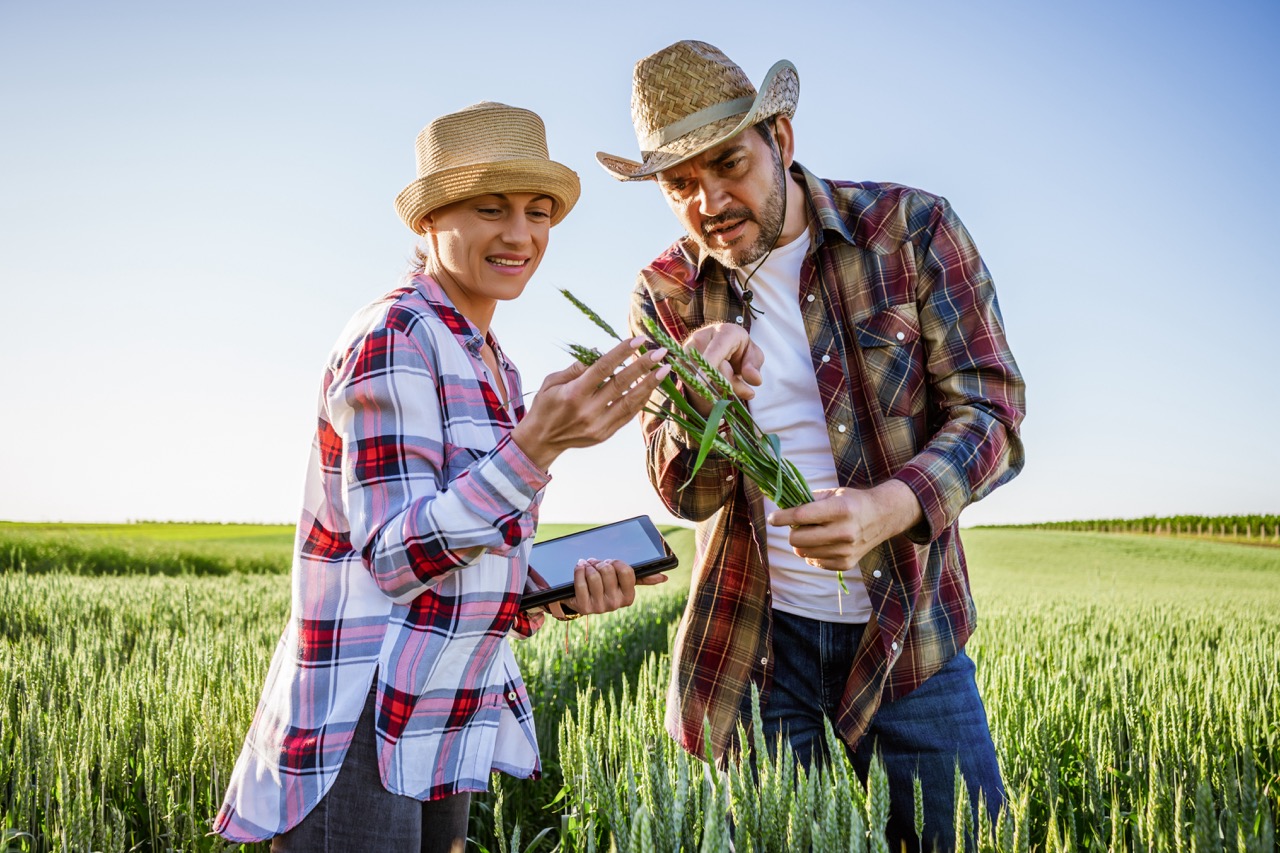In recent years, vertical farming has emerged as a promising solution to the pressing challenges of food security and sustainability. This innovative agricultural method, which involves the cultivation of crops in stacked layers or on vertically inclined surfaces, offers a unique approach to urban farming. As the world grapples with an ever-growing population and the depletion of arable land, vertical farming could play a crucial role in addressing these issues while minimizing the environmental footprint of traditional agriculture.
Understanding Vertical Farming: Innovations and Techniques
Vertical farming leverages advanced technologies such as hydroponics, aeroponics, and aquaponics to maximize space and resource efficiency. Hydroponics, for instance, allows for growing plants in nutrient-rich water instead of soil, while aeroponics utilizes mist to deliver nutrients directly to plant roots. These methods not only conserve water but also eliminate the need for harmful pesticides and herbicides, creating a more sustainable farming environment. Moreover, the use of artificial lighting, specifically LED technology, enables year-round cultivation irrespective of external weather conditions.
The designs of vertical farms can vary widely, from small-scale implementations in urban rooftops to large facilities occupying several acres. Some vertical farms are even integrated within existing buildings, such as warehouses or repurposed factories, maximizing the use of urban space. Innovations in automation and robotics are also making their way into vertical farming, allowing for efficient planting, harvesting, and monitoring of crops. This shift towards automation not only reduces labor costs but also enhances productivity and yields per square foot compared to traditional farming.
Furthermore, vertical farming has the potential to revolutionize food distribution by localizing production. By growing food closer to urban centers, these farms can significantly reduce transportation emissions and ensure fresher produce for consumers. As cities continue to expand, the integration of vertical farming into urban planning could help create a more resilient and self-sufficient food system, addressing both food security and sustainability concerns.
The Environmental Benefits of Urban Agriculture Solutions
Vertical farming presents numerous environmental advantages, most notably its efficient use of water. Traditional agriculture is known for its substantial water consumption, often leading to water scarcity in many regions. In contrast, vertical farms recirculate water, using up to 90% less than conventional farming methods. This efficiency is especially critical in water-stressed areas, where agricultural practices must adapt to climate challenges and dwindling resources.
Additionally, vertical farms reduce the carbon footprint associated with food production. By situating farms within urban settings, the need for transportation over long distances is greatly diminished. This not only cuts down on greenhouse gas emissions but also allows for quicker access to fresh produce, thereby reducing spoilage rates. The controlled environment of vertical farms protects crops from extreme weather events, pests, and diseases, further ensuring a steady supply of food and decreasing reliance on synthetic chemicals.
Moreover, integrating vertical farming within urban ecosystems can enhance biodiversity and promote urban resilience. These farms can serve as green spaces that contribute to the overall health of urban environments, improving air quality and providing habitats for pollinators. As cities face challenges like urban heat islands and pollution, vertical farming can help mitigate these issues while simultaneously producing healthy food options for their inhabitants.
Challenges Facing Vertical Farming in a Competitive Market
Despite its promise, vertical farming is not without challenges. High startup costs and ongoing operational expenses can deter investors and farmers alike. Creating sophisticated systems that incorporate lighting, climate control, and automation requires significant investment, making it difficult for smaller enterprises to compete against larger, well-established agricultural methods. This financial barrier can limit the widespread adoption of vertical farming and stymie innovation within the sector.
Additionally, the market for vertical farming is becoming increasingly saturated, leading to competition among farms and creating pressure to innovate continuously. As more players enter the space, differentiation becomes crucial. Farms must not only adopt advanced technologies but also find ways to market their products effectively. Consumers are becoming more discerning about food sources, and vertical farms will need to emphasize their sustainability credentials and quality to stand out in the crowded marketplace.
Furthermore, regulatory challenges can hinder the growth of vertical farming. Local policies may not yet fully recognize or support this innovative approach, creating hurdles in zoning, building codes, and food safety regulations. As cities formulate their agricultural strategies, aligning vertical farming with existing regulations will be critical. Advocacy for supportive policies can help to create a more conducive environment for vertical farming to thrive and contribute meaningfully to urban food systems.
Future Outlook: Can Vertical Farms Sustain Global Populations?
Looking ahead, the potential for vertical farming to address global food needs is significant, but it must overcome considerable obstacles to fulfill this promise. The World Bank estimates that food production must increase by 70% by 2050 to meet the demands of a growing population. Vertical farming could play an integral role in achieving this, particularly in urban areas where space is limited. However, the scalability of vertical farms to meet such demands remains a question of economic viability and technological advancement.
Research and development are paramount in making vertical farming more accessible and affordable. Collaborations between tech companies, agricultural experts, and food producers could yield innovative solutions that reduce costs and enhance productivity. Additionally, public and private investment in vertical farming technologies will be essential to broaden the reach of these systems and make them an attractive alternative to conventional methods.
Ultimately, the success of vertical farming in sustaining global populations relies on a multi-faceted approach that includes public awareness, supportive policies, and ongoing research. If industry stakeholders can navigate the current challenges, vertical farming has the potential to revolutionize food production, providing a sustainable and resilient solution for future generations.
In conclusion, vertical farming represents a significant advancement in agricultural practices, offering a host of benefits that align with the needs of a changing world. While challenges abound, the integration of technology and innovative approaches can position vertical farming as a key player in the effort to feed an ever-growing global population. By localizing food production and minimizing environmental impacts, vertical farming could not only enhance food security but also pave the way for a more sustainable future in urban agriculture. The path ahead may be complex, but the potential rewards are immense.










